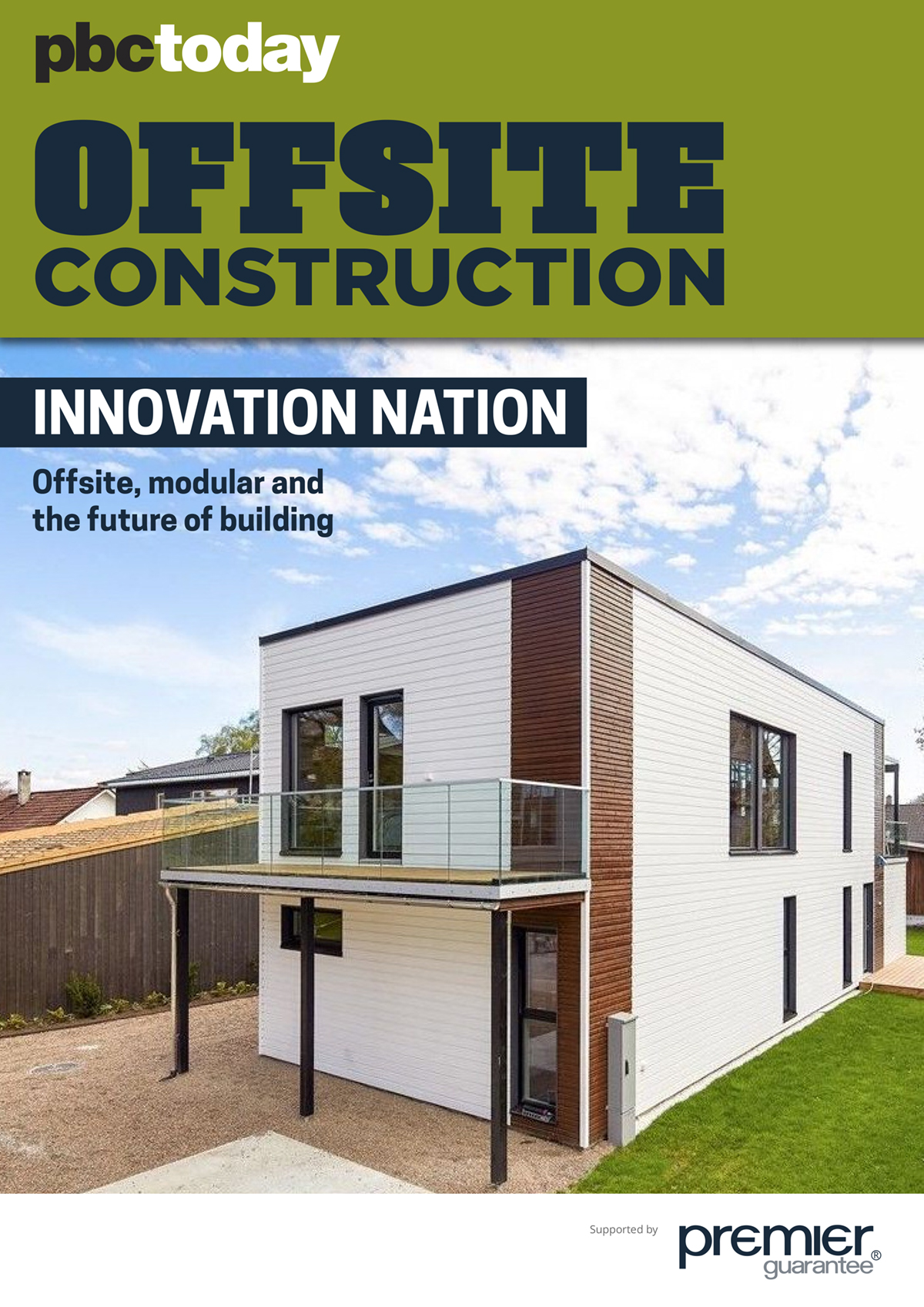Offsite and modular construction is nothing new but for a long time, most people’s (unhappy) experience of them involved shivering in draughty temporary classrooms or living in boxy post-war prefabs forced into use long past their sell-by date
But Modern Methods of Construction are using offsite manufacturing to shatter these old preconceptions, creating buildings that are not only aesthetically appealing but also more sustainable, delivered more safely and with less disruption to local communities compared to traditional bricks and mortar.
Indeed, offsite is increasingly acknowledged as having a potentially huge role to play in meeting the UK’s future housing and infrastructure needs, increasing productivity while cutting labour demands, improving build quality and reducing environmental impact.
However, a recent report from the House of Lords Science & Technology Committee warned that in order to fully realise the benefits of offsite, there needs to be greater trust and partnership between companies, with commitment from both the top of the industry and the government, through its “presumption in favour” of offsite for public sector contracts.
This ebook examines the evolution of the modular and offsite sector, looking at the efforts underway to bring about lasting change.
Sam Stacey, challenge director of UKRI Transforming Construction, discusses the role of offsite and precision manufacturing in achieving the government’s 2025 Construction Strategy goals, which include 50% reductions in speed and carbon emissions.
He talks about the aims of Transforming Construction, what has been achieved so far and why he is confident that the industry’s modernisation can go from strength to strength.
We also hear from Jackie Maginnis, chief executive of the Modular & Portable Building Association, who looks at the rise of modular in tandem with digital design and Building Information Modelling.
This modular technology and volumetric practices can bring a multitude of benefits to construction, creating healthier, greener environments with quicker build times and reduced costs.



